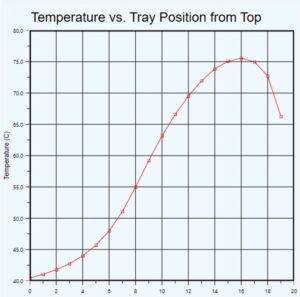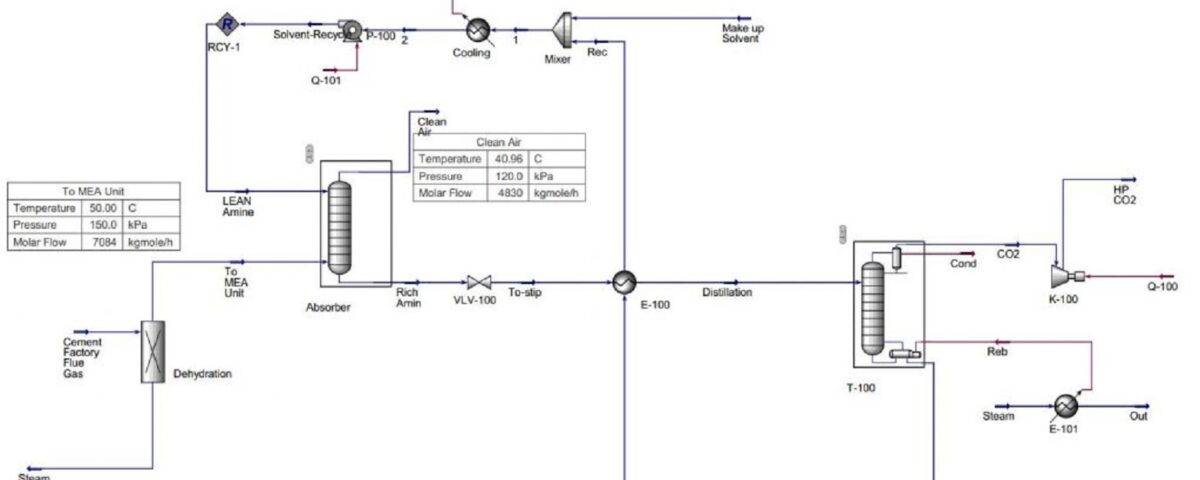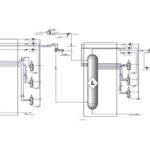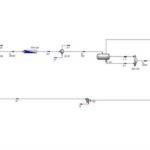Introduction
After the industrial revolution, the concentration of greenhouse gases in the atmosphere rapidly increased. Global warming is driven by the emission of greenhouse gases, with carbon dioxide (CO2) being one of the primary contributors. Currently, there are various methods available for the removal of CO2 from gas streams. CO2 is recognized as a significant factor in global warming and ozone layer depletion, predominantly produced in fossil fuel power plants.
In recent times, the growing worries surrounding climate change and the increasing levels of CO2 in the atmosphere have highlighted the need for effective strategies to mitigate emissions across different industries, especially within the cement sector. Cement manufacturing facilities are recognized as significant contributors to CO2 emissions, as the cement production process inherently generates considerable quantities of this gas. One effective solution for removing CO2 from the flue gases of these plants involves the use of amine solvents such as MEA (Monoethanolamine).
This approach enables the extraction and lowering of CO2 levels in industrial emissions through a chemical reaction involving CO2 and MEA, which plays a crucial role in enhancing air quality and lessening the environmental repercussions of industrial operations. As this technology continues to evolve and improve, it is expected that significant strides will be made toward enhancing the sustainability of the cement industry and minimizing its adverse impacts on climate change.
CO2 Separation (Capture)
Extensive experience in these processes and other applications of CO2 can enable the effective utilization of CO2 separation units. Carbon dioxide can be captured from substantial emission sources, including power plants and various industries. Some natural gases extracted from underground contain significant amounts of CO2.
To capture carbon dioxide from large power plants, economically viable CO2 separation technologies are required, comprising at least 13% of capture and storage costs. The objective of this project is to simulate the removal of CO2 from the flue gases of cement plants using MEA solvent. The simulation is performed using Aspen HYSYS software.
Process Description
The simulation process for removing CO2 from flue gases of cement plants using MEA (Monoethanolamine) involves several key stages that can effectively analyze the system’s performance. In the first stage, the flue gases containing CO2 are transferred to an adsorption tower, where MEA solution is added as an absorbent. Subsequently, the CO2-rich solution is sent to a recovery tower, where CO2 is stripped from the solution using heat and pressure, allowing for the recovery and reuse of MEA.
The simulation of this process is typically carried out using chemical engineering software, which allows for the modeling of the system’s thermodynamic and kinetic behavior.
This simulation is based on a specific research article and includes a brief report.


Conclusion
The process of removing CO2 from the flue gases of cement plants using MEA demonstrates that this method can significantly reduce carbon dioxide emissions while also improving the overall efficiency of cement production systems. The conducted simulations indicate that optimizing operational conditions and employing advanced technologies can facilitate high CO2 recovery and reduce energy costs.


